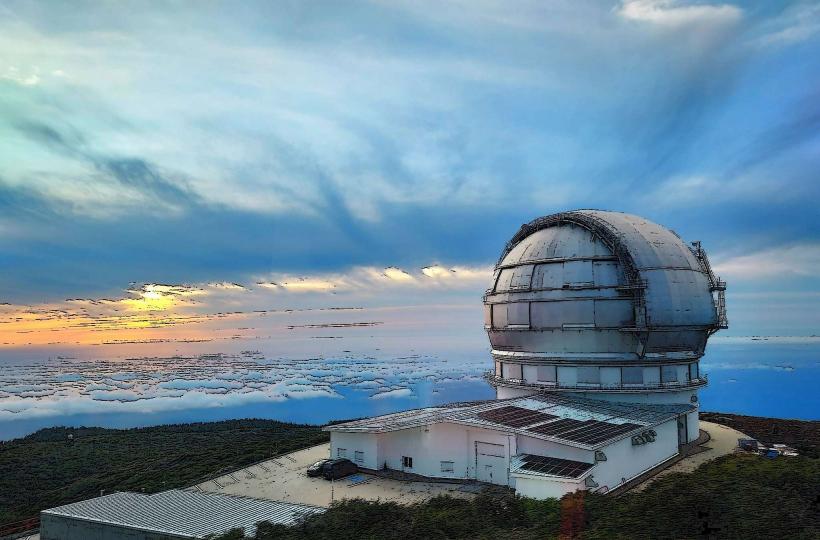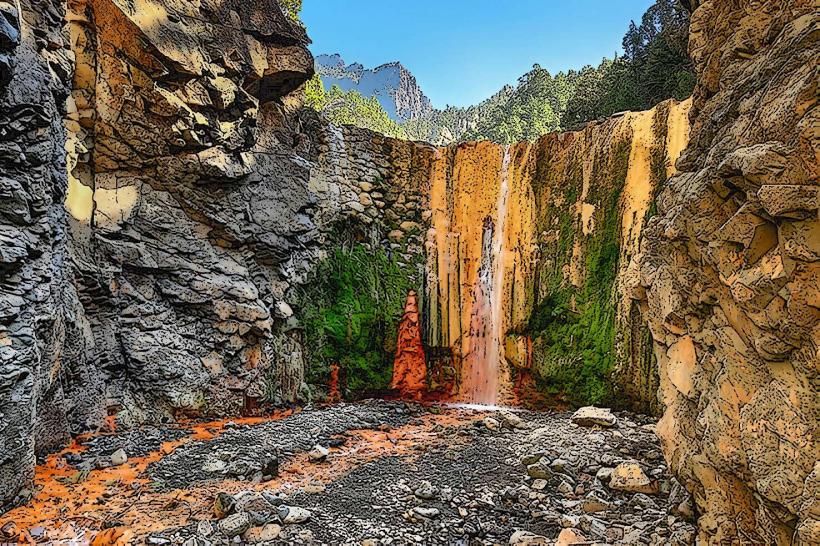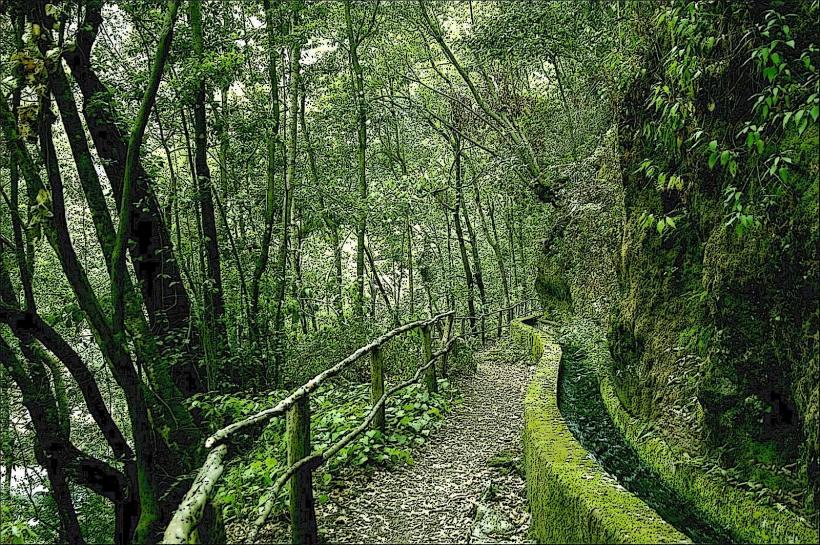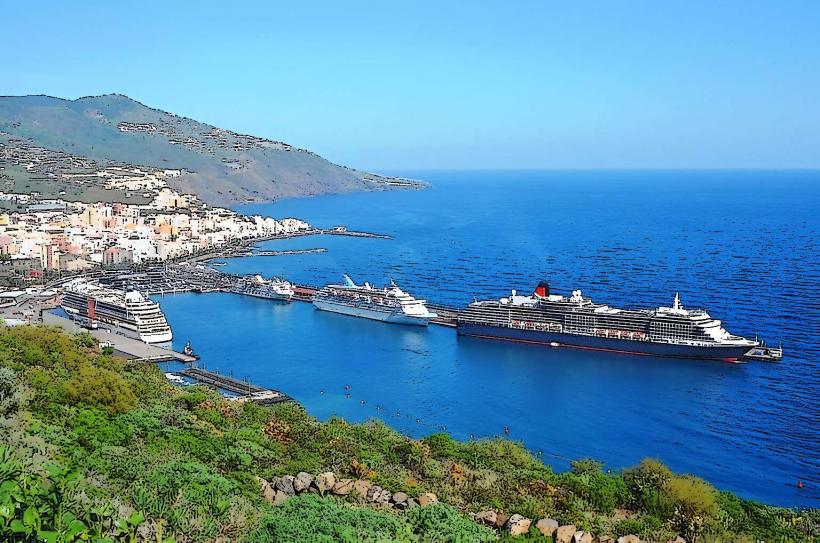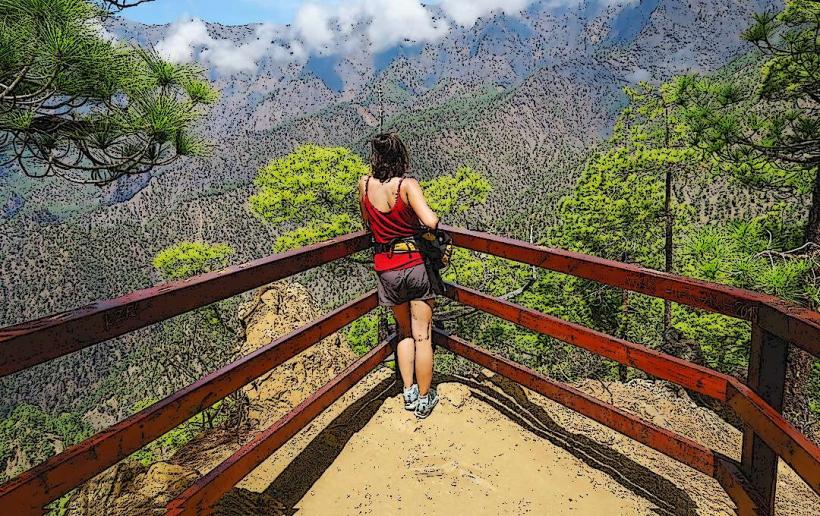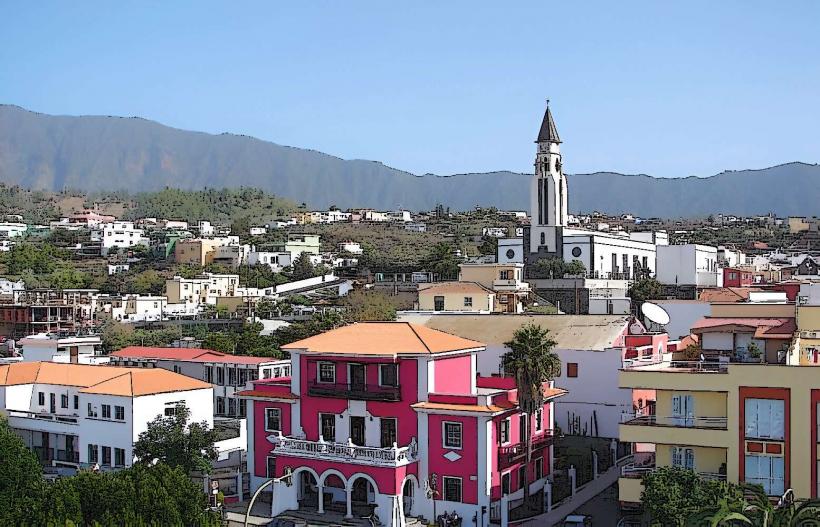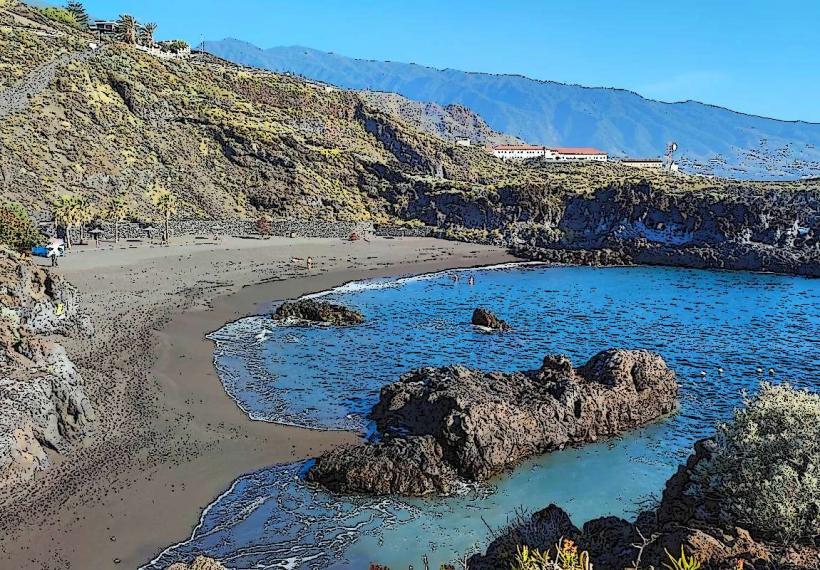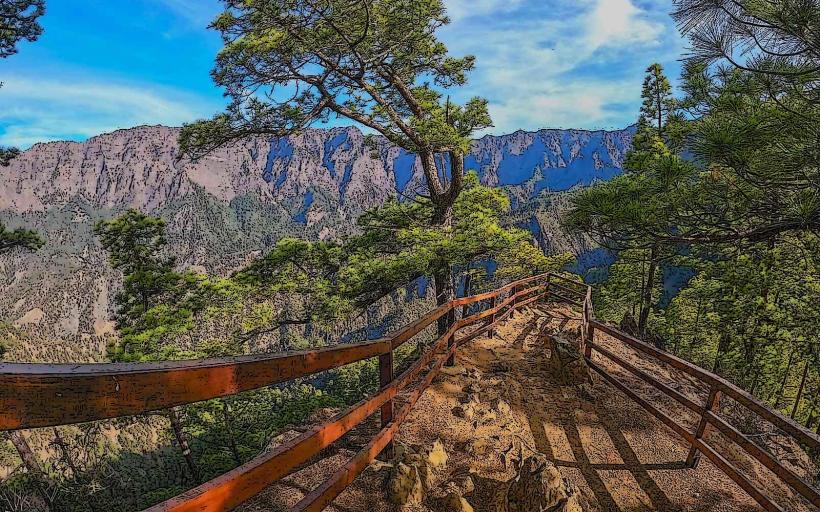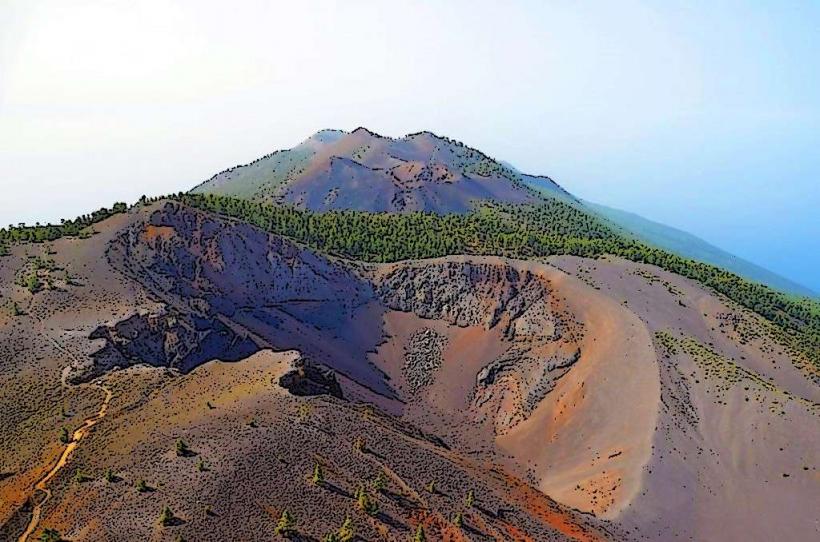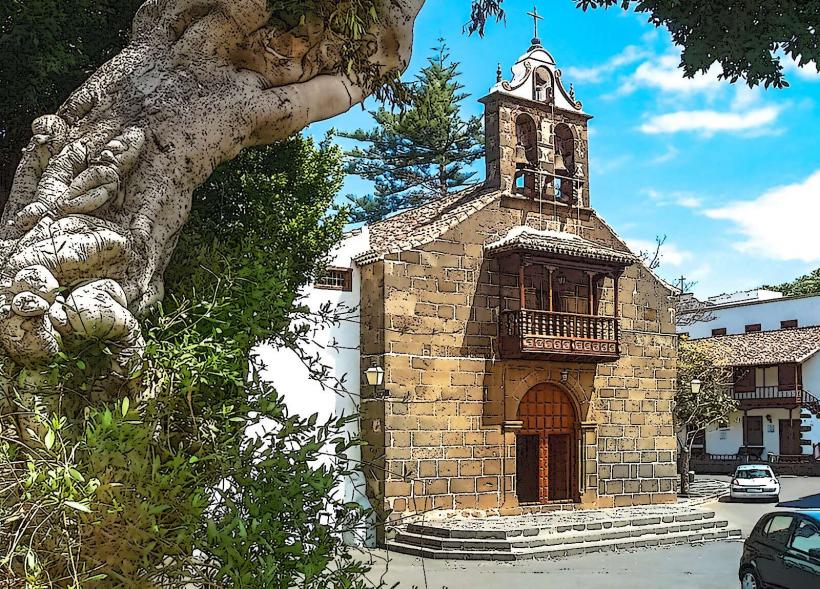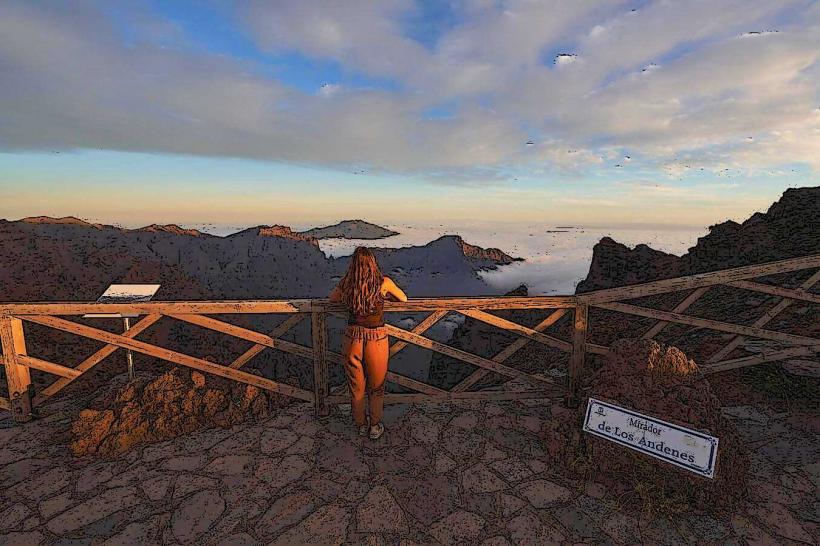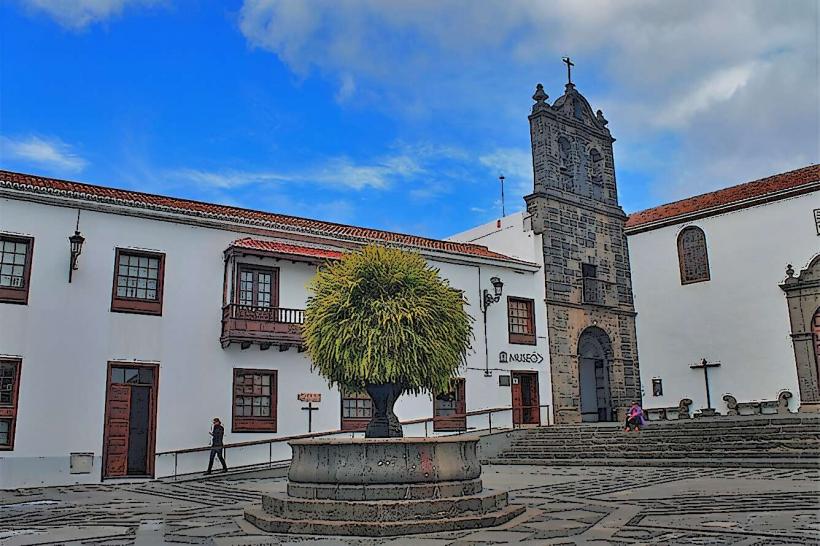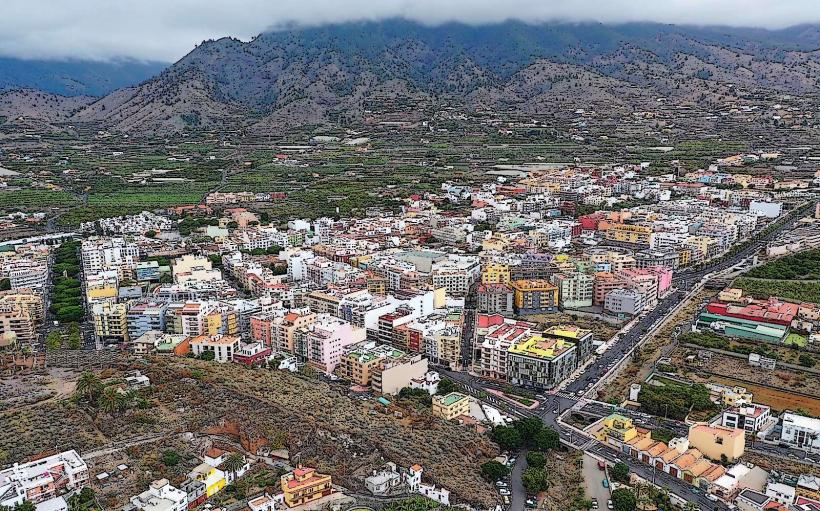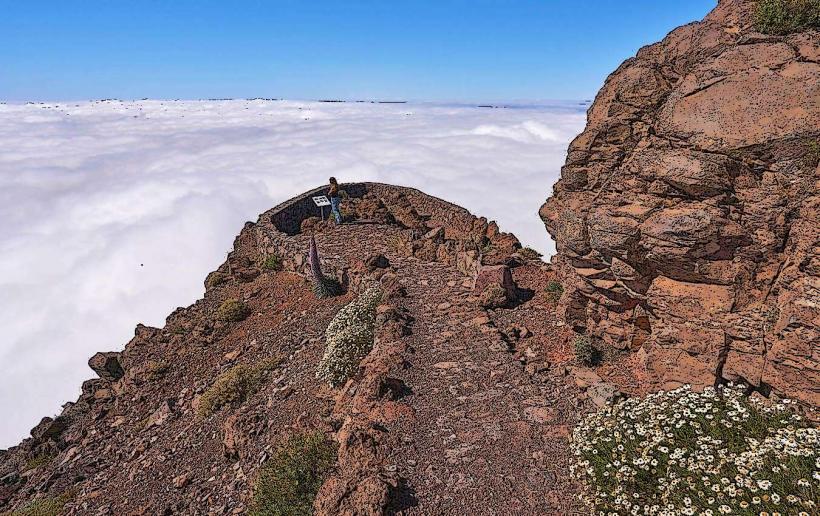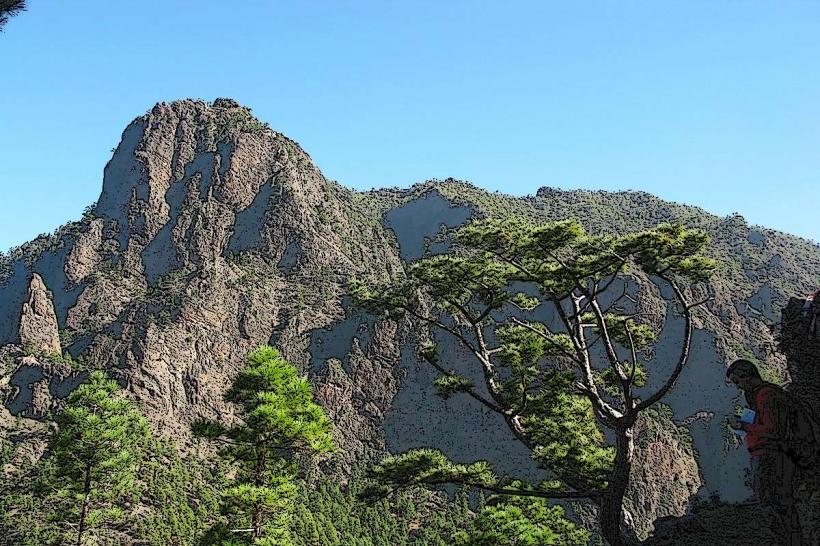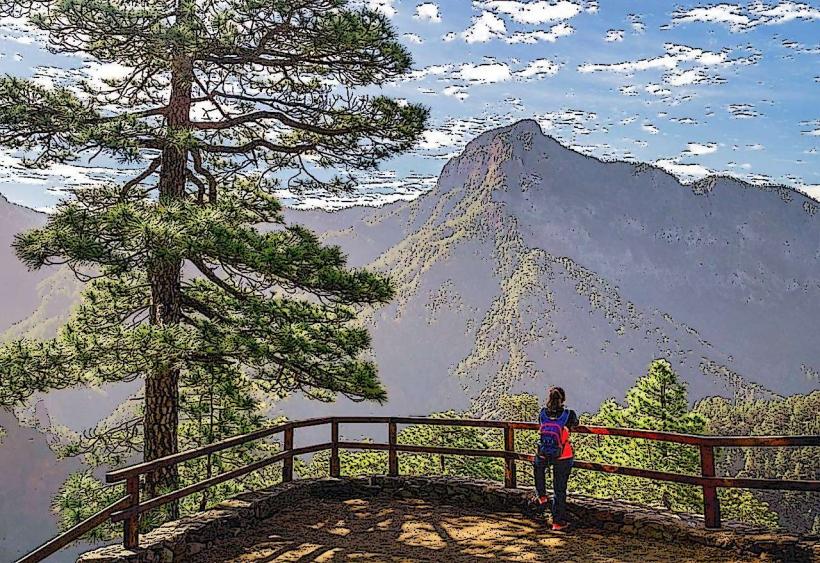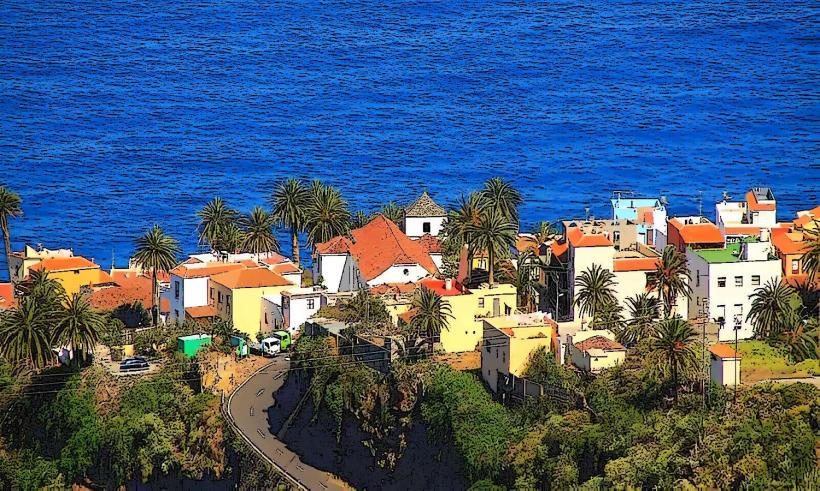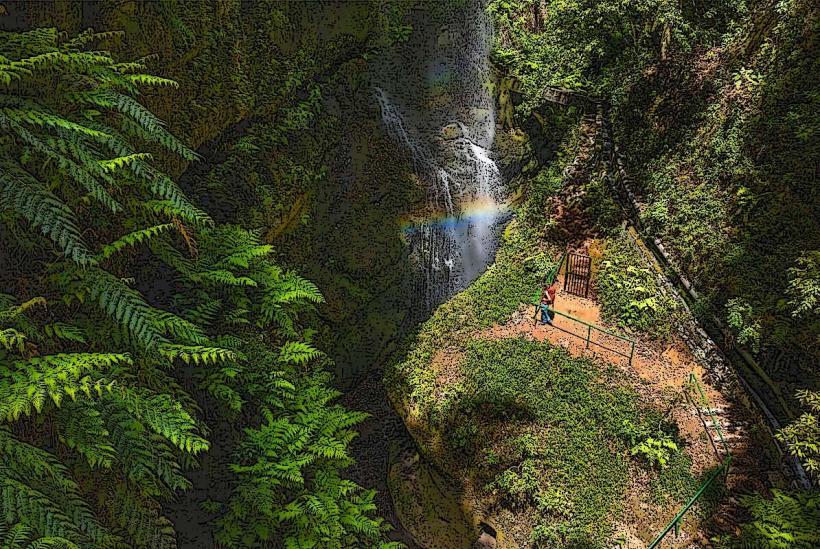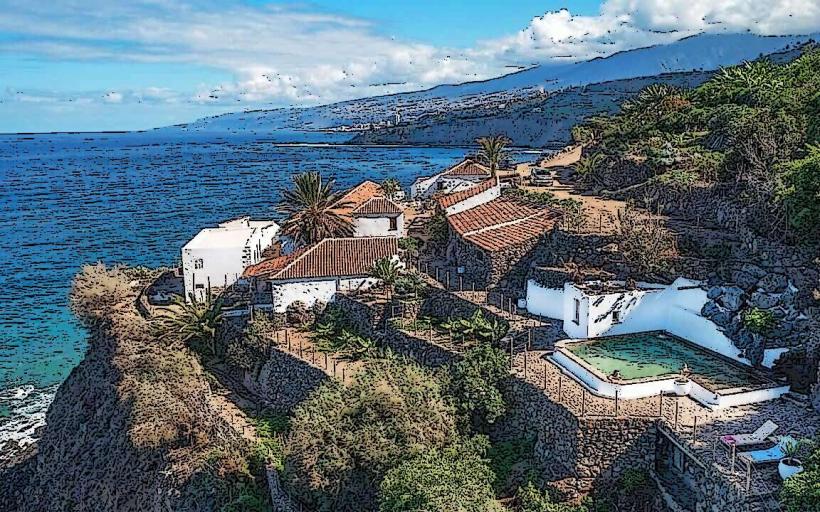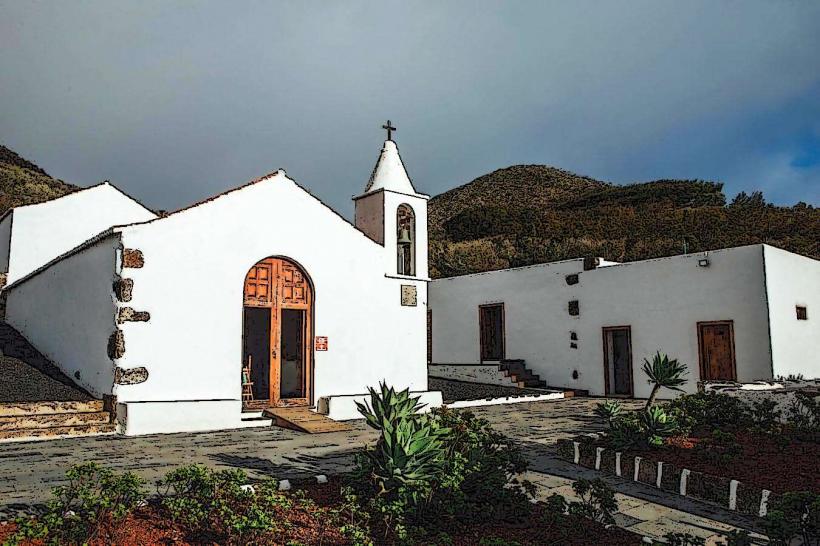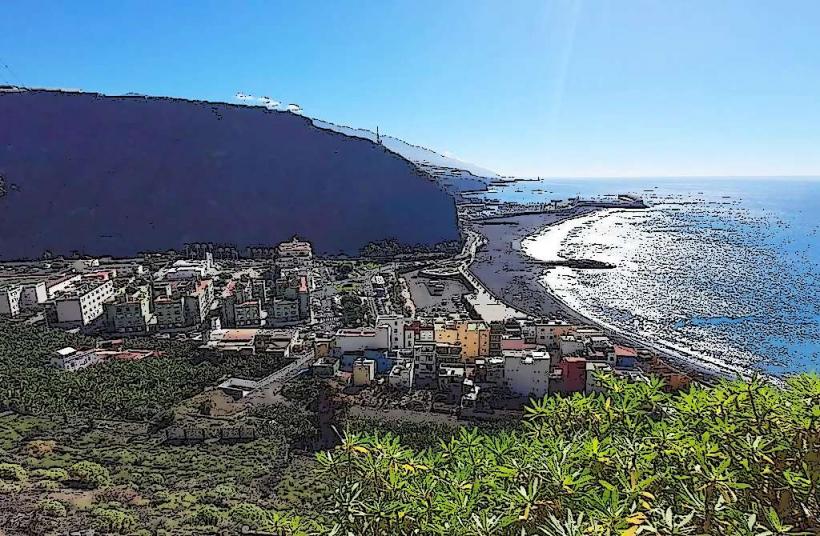Information
Landmark: La Palma Archaeological MuseumCity: La Palma
Country: Canary Islands
Continent: Europe
The La Palma Archaeological Museum (Museo Arqueológico de La Palma) is located on the island of La Palma, part of the Canary Islands, Spain. The museum offers a deep dive into the history and culture of the island, focusing on its pre-Hispanic period and the indigenous Guanche people. Here's a detailed look at the museum's offerings:
History and Setting
The museum is housed in a historic building in the capital of La Palma, Santa Cruz de La Palma. The museum was founded in 1994 and serves as a cultural hub for understanding the island’s ancient history. It is housed in the Casa de la Cultura building, a traditional Canarian-style structure, which adds to the cultural significance of the museum.
Collections
The museum’s collection spans a wide range of archaeological finds, primarily from the island of La Palma, and reflects the long history of human settlement on the island. Some of the key elements of the collection include:
Pre-Hispanic Artifacts:
- Tools, pottery, and other artifacts from the Guanche culture, which was the pre-Columbian civilization of the Canary Islands, are prominent in the museum’s exhibits. The Guanches are believed to have arrived on the islands around 1000 BC, and their material culture provides insight into their daily life, spiritual beliefs, and trade practices.
- Mummified remains of Guanche people, which help provide a better understanding of their burial practices and social organization.
Fossils and Paleontological Finds:
- The museum also features a collection of fossilized remains from the prehistoric period, including remains of animals that once roamed the island, offering insight into the natural history of La Palma.
Roman Influence:
- While the Guanches were the primary early settlers, the museum highlights the later influence of Roman culture, particularly in the form of pottery and other items that reflect trade links between La Palma and mainland Europe.
Ceramics and Stone Tools:
- Pottery and tools discovered in archaeological excavations are on display, showcasing the everyday life of the island's indigenous people. These items offer a glimpse into their craftsmanship, resourcefulness, and cultural practices.
Ethnographic Exhibits:
- The museum also delves into the post-Guanche period, detailing the cultural and social changes brought by the Spanish conquest and colonization. Ethnographic displays show how the traditions and customs of the indigenous people evolved over time.
Temporary Exhibitions
In addition to the permanent collection, the museum hosts temporary exhibitions that cover a wide range of topics related to archaeology, history, and art. These exhibitions provide an opportunity for the museum to highlight specific aspects of La Palma’s history or showcase traveling exhibits from other institutions.
Educational and Cultural Role
The museum plays an important educational role for both locals and tourists. It hosts various workshops, guided tours, and educational programs aimed at schoolchildren and the general public. These programs are designed to help visitors understand the significance of archaeological discoveries and the cultural heritage of La Palma.
Visitor Information
- Location: Museo Arqueológico de La Palma, Santa Cruz de La Palma, Canary Islands, Spain.
- Opening Hours: The museum is typically open from Monday to Friday with varying hours on weekends. It is advisable to check the museum’s website for up-to-date hours.
- Admission: Entrance is generally free, but special exhibitions or events may require a fee.
Highlights
- Pre-Hispanic Guanche exhibits: The standout feature of the museum is its collection of Guanche artifacts, which is one of the most comprehensive in the Canary Islands.
- Mummies: The display of mummified remains, which provide unique insights into the island’s early inhabitants.
- Well-curated artifacts: Each exhibit is accompanied by detailed descriptions in both Spanish and English, making it accessible to international visitors.
Overall, the La Palma Archaeological Museum offers a fascinating journey through the island’s past, from its early settlement by the Guanches to the impact of European colonization. It is an essential stop for anyone interested in the island's cultural and historical heritage.

